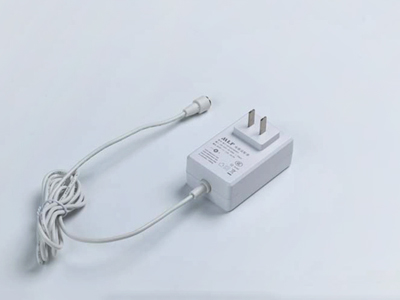
There are three factors that affect the life of rechargeable battery and three factors that affect the life of rechargeable battery. The life of a rechargeable battery depends on many factors. This paper introduces the internal factors which affect the life of rechargeable battery, and analyzes the internal factors which prolong the life of rechargeable battery. 1. Lead powder in storage battery: Storage Battery capacity is the main content of storage battery, it is determined by the active material. Lead powder is the main raw material of Lead acid battery active material. The quality of lead powder directly affects the capacity and life of battery to a certain extent. Oxidation degree is an important index to measure the quality of storage battery. The so-called Oxidation degree, is refers to the lead oxide in the lead powder, its lead oxide occupies the weight percentage. Because lead is easy to oxidize into lead oxide, the main components of lead powder are lead oxide and lead, most of which are lead oxide. Therefore, the oxidation degree is too high and too low, on the battery will cause a great impact. High Oxidation degree may be the same as high concentration sulfuric acid, although the initial capacity of the battery will increase, but as it increases, the plate will also produce cracks, spalling and other undesirable phenomena. On the contrary, the oxidation degree is on the low side, the pulp is easy to produce loose paste, poor adhesion, at the same time, the plate is also easy to bend deformation. Therefore, it is necessary to control the oxidation degree of lead powder in the prescribed technological range in order to meet the technological requirements.Generally, the gate material used for maintenance-free valve-regulated batteries is lead-calcium-tin alloy. Changing the strength of the gate, improving the casting properties of the alloy, increasing the hydrogen evolution over-potential of the gate, improving the corrosion resistance of the gate. The calcium content is between 0.04% and 0.1% , and the tin content is between 0.8% and 2% . Batteries have their own unique research formula, in the alloy can improve battery life. Figure 3. At present, domestic battery charging battery acid concentration, domestic battery charging battery manufacturers, choose to inject sulfuric acid in different proportions, some high, some low. Many people use it to judge life expectancy, but that’s not the case. Using high specific gravity sulfuric acid, the initial capacity of the battery is high and the discharge requirement is met within a certain period of time, which seems to indicate that the designed capacity of the battery far exceeds the rated capacity, but then the gate corrosion increases. That’s why some batteries, after years of use, don’t have enough total capacity. The study of storage battery shows that when the specific gravity of Electrolyte exceeds 1.300g/cm3, the service life of storage battery will be shortened obviously.
